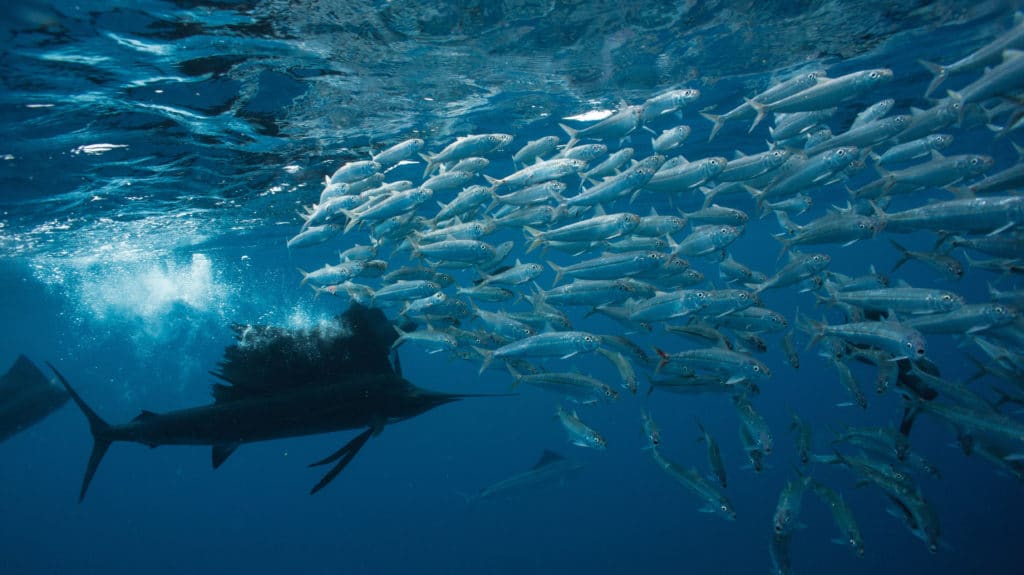
Marlin has always been a showcase for great photography. The most jaw-dropping billfish images in the world have graced these pages, along with the boats, destinations and people that make this a truly awesome sport.
And the personalities behind the lens? They’re just as fascinating. The shooters are the ones who make it happen. And although it might seem glamorous to travel to the world’s best fishing hot spots and photograph the most magnificent game fish in the oceans, there is also a punishing amount of work involved. Long hours on the water and late nights spent reviewing hundreds of images. Not to mention the joy of transporting camera cases bulging with very expensive gear, often through remote locations. It isn’t for the faint of heart. With that in mind, here’s a tribute to some of the photographers of Marlin magazine.
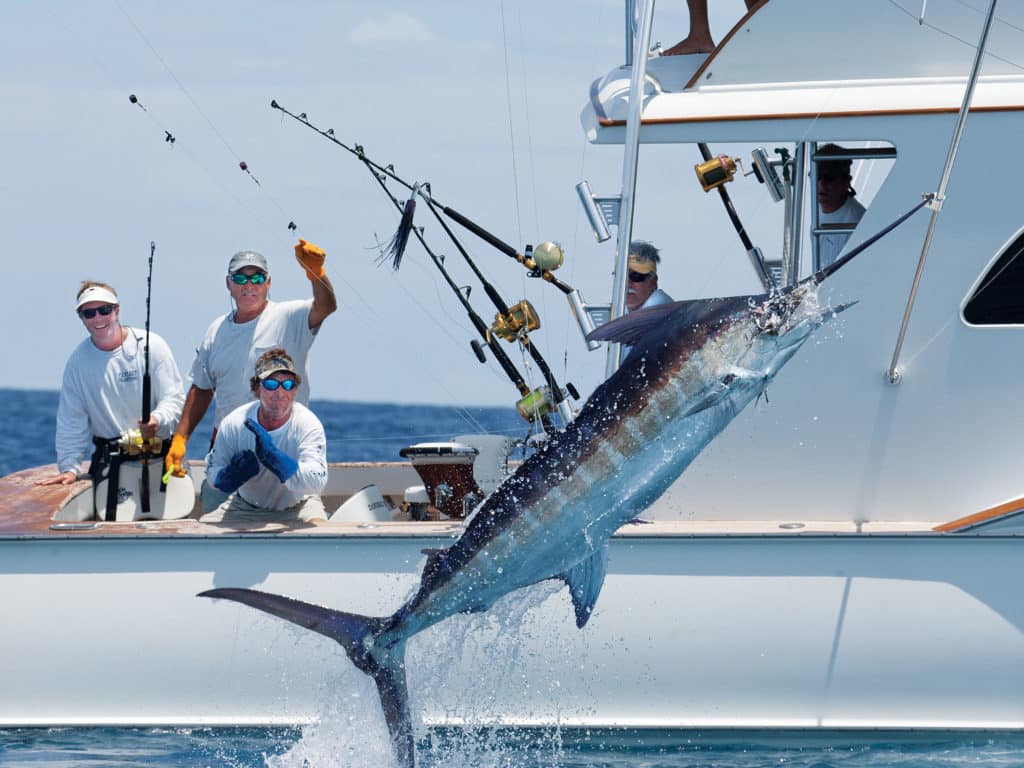
THE START
Richard Gibson: I’ve been shooting offshore still images since 1980, when I moved to St. Thomas straight out of college. I worked as a staff news photographer with the Virgin Islands Daily News for 10 years and discovered blue marlin fishing while I was there. Then I ended up as the managing editor of Tournament Digest magazine for eight years, traveling the world covering billfish tournaments. Big fun indeed!
Pat Ford: I earned all my spending money in college working as a sports photographer. I wrote my first fishing article for Salt Water Sportsman in 1969; I’ve always loved photography but got into it seriously when digital SLR cameras came on the market. I’ve been doing marine photography since 2003.
Scott Kerrigan: I started shooting when I was traveling the Caribbean as a deckhand. I set out to learn the art of photography by shooting every charter group I fished with and selling them prints from their trips to pay for the film and the developing costs. I made the jump to the editorial world in 1990, when I switched to using slide film exclusively, and I’ve been a full-time professional photographer since 2001.
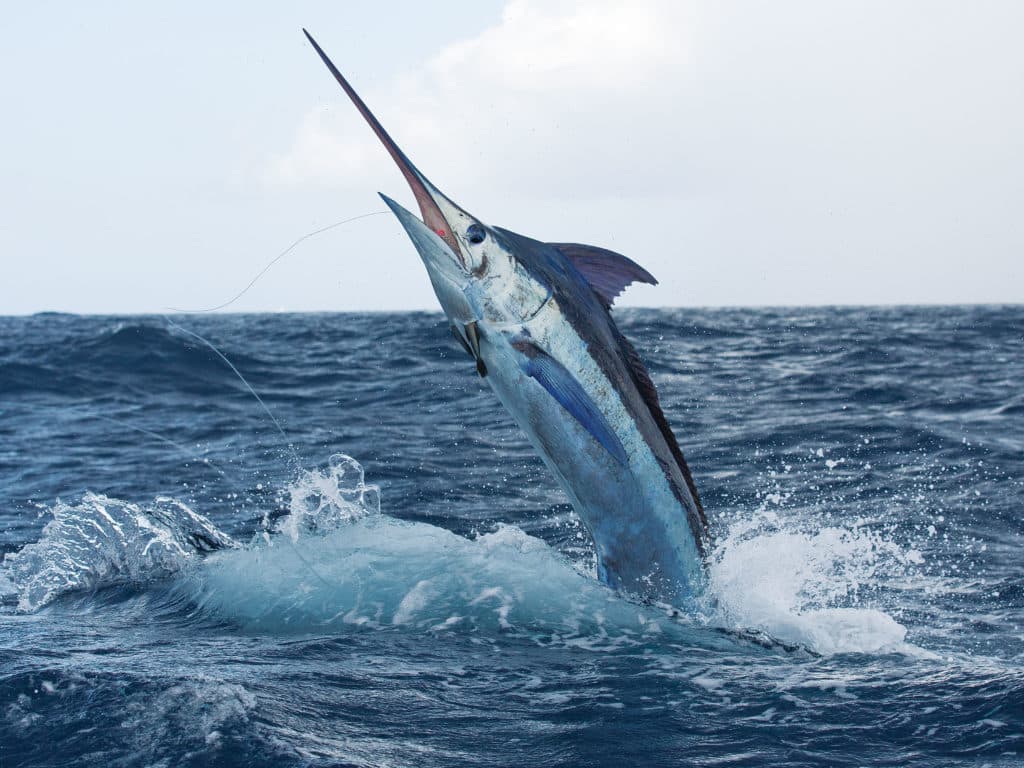
DIGITAL CHANGES
Gibson: When I started, back in the ’80s, we all shot color slide film and were very limited by the ISO speed of each film type (Kodachrome 64 and 200 being my favorites). Plus, it was all manual back then, no autofocus — no auto anything, in fact. It was damn hard manually focusing on a fish in rough water, and the exposures were tricky as well. So a well-composed, tack-sharp jumping-fish image always made my toes tingle, especially when I was at the light table a week after I returned from a long shoot. Today’s digital cameras focus and track so well and so fast that pretty much anyone can create stunning images — which, as my eyes continue to age, can’t hurt one bit.
MOST MEMORABLE
Gibson: I’ve had so many great days around the world, which is why I truly love this sport. One really fun day aboard Courtesan with Capt. Dave Noling down in Venezuela included 10 blue marlin releases, along with several whites and sails.
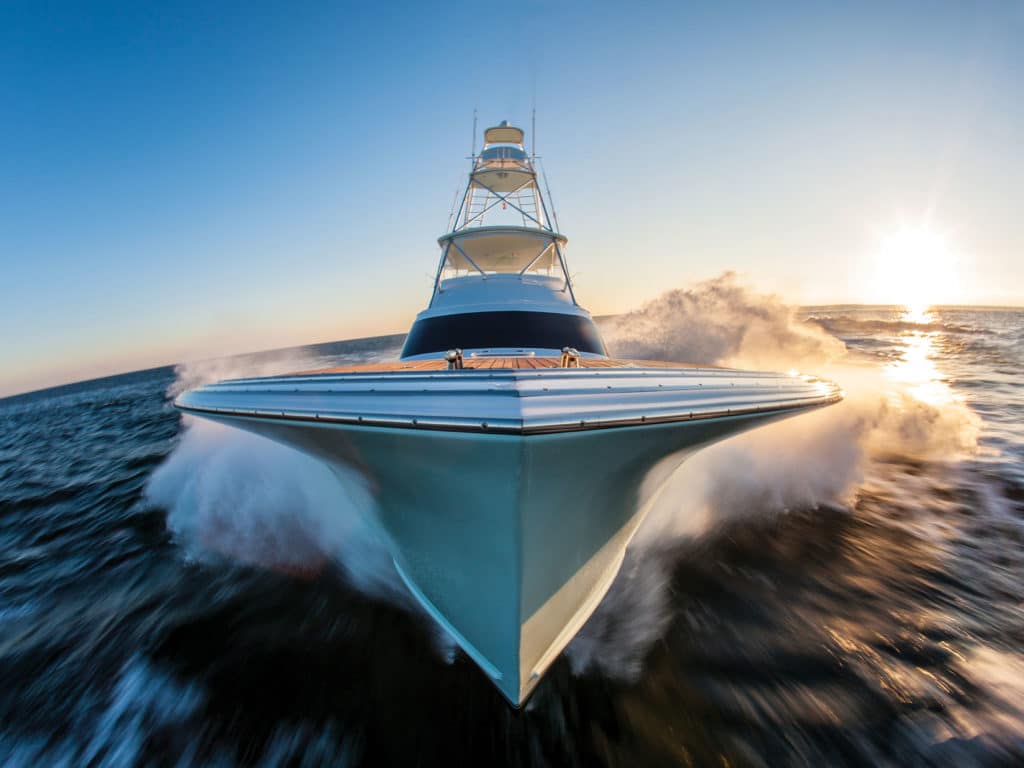
My favorite experiences come from shooting free-swimming, unhooked billfish underwater, on the strike.
Marc Montocchio
Favorite Destinations
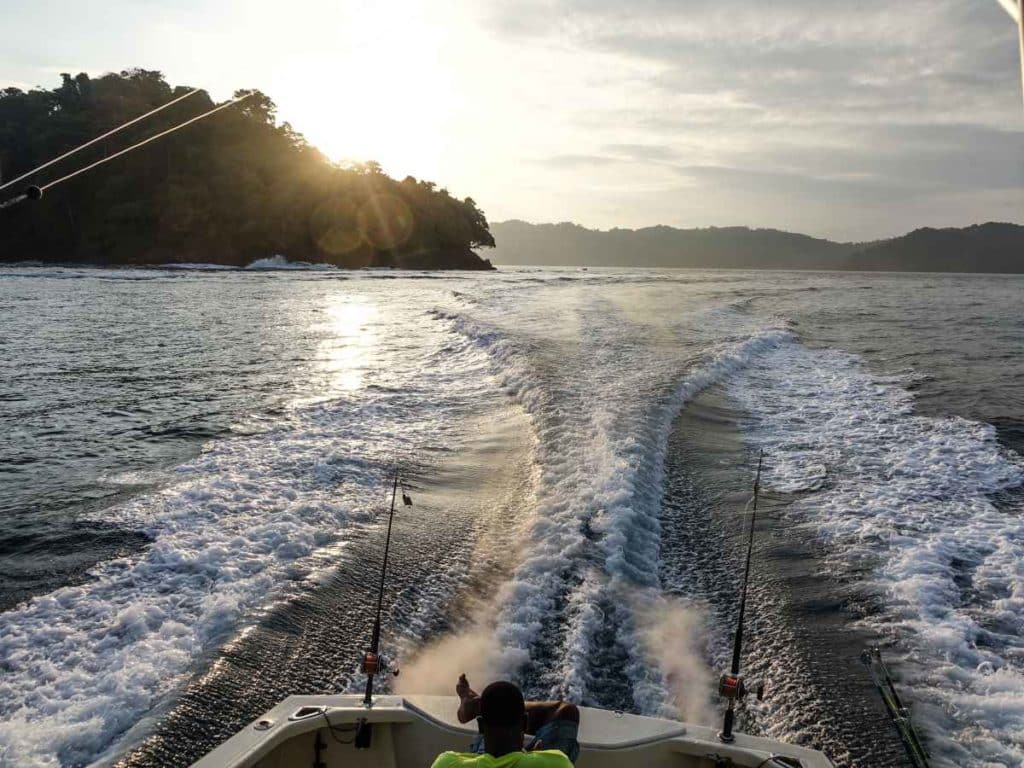
Ford: Isla Mujeres; Tropic Star Lodge, Panama; the Florida Keys; Casa Vieja Lodge, Guatemala; and the Bahamas. Every place that has fish can be great or horrible, just like the fishing!
Gibson: It’s hard to pick just one, but I love fishing the August full moon on the North Drop off St. Thomas.
Montocchio: Cabo San Lucas; Isla Mujeres; the North Drop off St. Thomas; Quepos, Costa Rica; Panama; and Casa de Campo in the Dominican Republic. My least favorite is basically any destination when there are no billfish around.
Kerrigan: Hands down, my favorite spot is Isla Mujeres.
MOST MEMORABLE
Montocchio: My favorite photography experiences come from shooting free-swimming, unhooked billfish underwater, on the strike. I’ve done some motor-drive sequences of billfish working a teaser from underwater. It involves shooting a high-speed sequence at up to 14 frames per second and then printing them together as a single image in a long panoramic format. It gives the scene movement and context, showing the whole strike as the fish is in its most lit-up and excited state.
Ford: It was back in 2013 aboard Brant Wise’s Swordfish in Isla Mujeres, Mexico, with Jimmy Nelson. We found a baitball, and Jimmy and I spent over an hour swimming with about 40 sailfish. The bait would hide between us while the sails swam right beside us. I was actually able to hand-feed them. I’ve never been able to match that experience in two subsequent trips to Isla, but I’m going back every year to try.
Kerrigan: Of all the places I’ve been, I’d have to say my trips to Isla Mujeres — so much action, scenery and variety.
What’s in Your Bag?
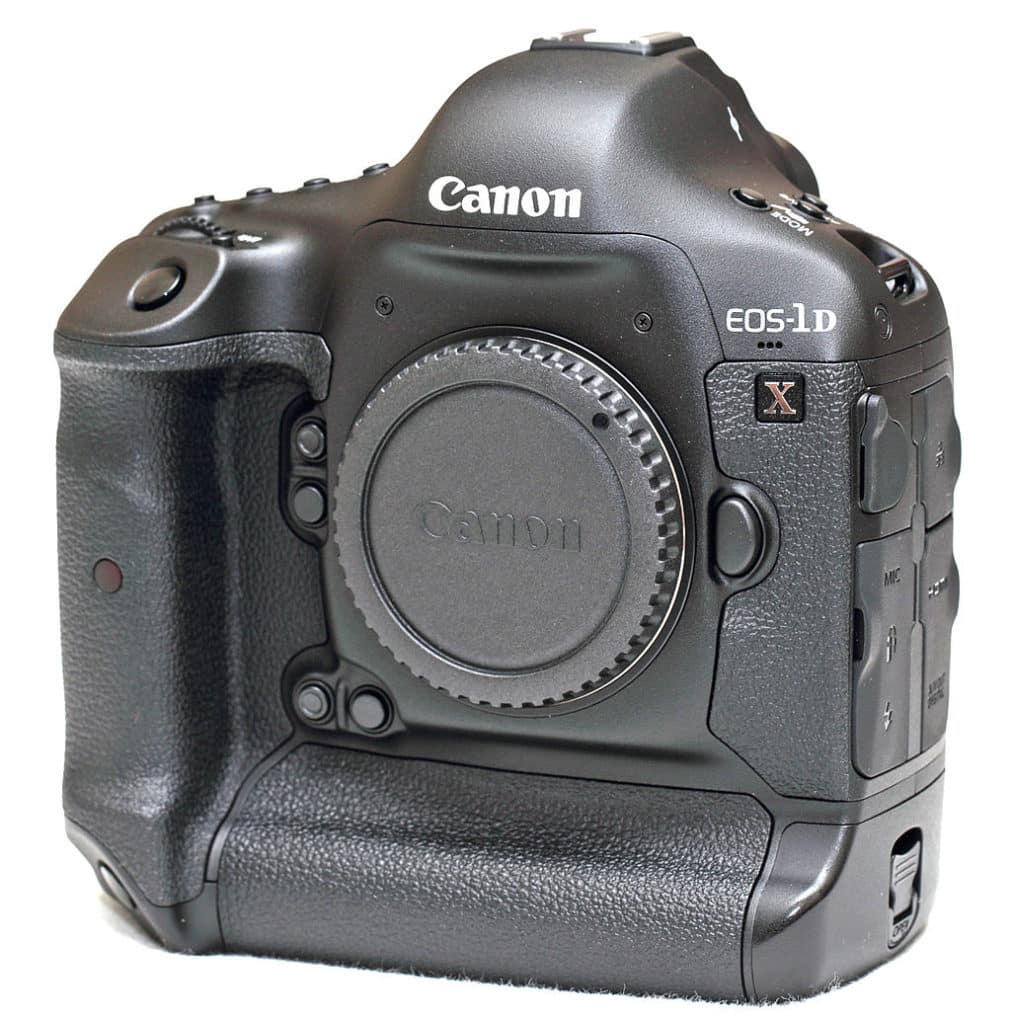
Ford: A Canon EOS-1D X with 24-105mm f/4 and 70-200mm f/2.8 lenses. For underwater work, a Canon 7D and Tokina 10-17mm fisheye lens, with a Nauticam housing.
Gibson: A pair of Canon EOS-1D X bodies and Canon zoom lenses of different focal lengths. I like the new Canon 100-400mm f/4.5-5.6L IS II USM for jumping-fish images.
Montocchio: A Zeiss Distagon T 21mm lens on a Canon EOS-1D X, with a Nauticam underwater housing.
Kerrigan: A Canon EOS-1D X with a Canon 70-200mm variable-zoom lens. “That’s my workhorse gear for a day-in, day-out shoot on the water.”
THE BEST DAYS
Montocchio: One of my best days on the water was in 2008, on the Golden Gate Bank off Cabo San Lucas, Mexico. I was in the water, surrounded by baitballs as far as the eye could see, with hundreds, if not thousands, of striped marlin pounding the bait for hours on end. It was just incredible.
Kerrigan: The more I go fishing, the more I reflect on how special a day we had fishing for blue marlin in St. Thomas back in 1998. I was working as a deckhand for Brad Simonds. We didn’t have a charter, but the conditions were right so we went fun fishing. My wife was our only guest, and she caught the first bite of the morning. We ended up going 9 for 13 that day.
THE WORST DAYS
Montocchio: On my worst day last year, we fished for five days straight in snotty seas, looking for marlin to tease for in-the-water photos. We ended up raising one fish the whole trip. Those kinds of trips just break you.
Kerrigan: I was two days into a 14-day shoot in the North Atlantic last year, and my camera strap failed. My primary outfit fell only 2 feet and hit the deck of a commercial lobster boat, cracking the camera-lens mount on the body. I completed the trip with my spare, but the repair bill still hurts.
Ford: I have a lot of days when the camera never comes out of the bag. I can’t get any photos if the guys with the rods aren’t hooking anything. At the end of the day, it’s still fishing.
FAVORITE SPECIES
Ford: Billfish, tarpon, anything that jumps. Underwater, it’s sharks.
Gibson: All billfish float my boat, so to speak, but how can you beat a blue marlin? Nothing, but nothing else, is a blue marlin to me.
Montocchio: Blue marlin, no question.
Kerrigan: I’d have to go with blue marlin because it’s the one that’s sustained this career year after year.
PARTING SHOTS
Kerrigan: There’s nothing more rewarding than having everything come together and catching a jumping billfish in midair.
Ford: Jumping fish are my favorite subjects by far, but every great photo has the memories behind it that make it special.
Gibson: At 60 years of age, I wish I could go back in time with today’s digital-camera gear and relive the wonderful locations we all used to fish, many of which are now gone.
Montocchio: Shoot what you love.







